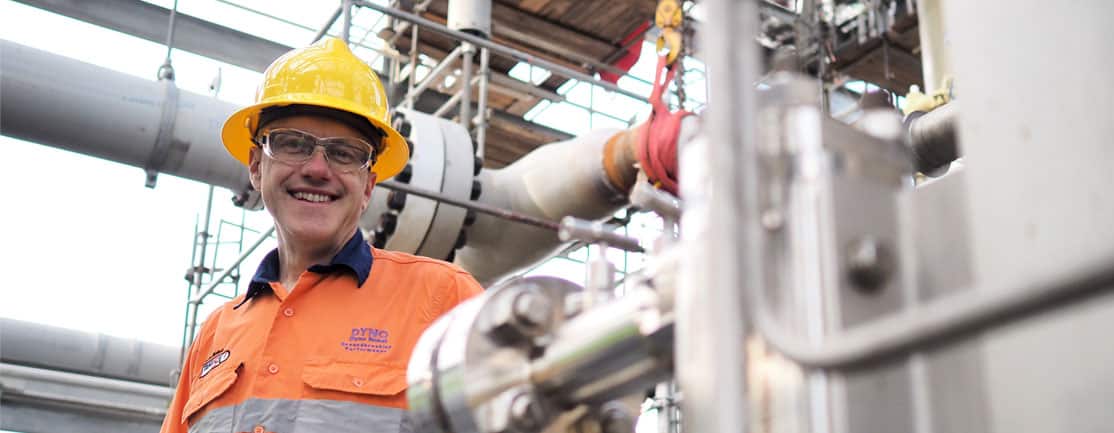
James Fazzino MAICD, chair of Manufacturing Australia and former CEO of Incitec Pivot (IPL), shares some leadership insights for supply chain and manufacturing leaders.
What role does senior leadership play in building and sustaining a culture of operational excellence?
Senior leaders need to create the vision and instill a sense of urgency or, in some cases, clearly articulate the “burning platform”. They need to create the high-level plan, ensure resourcing is appropriate and provide mechanisms for overcoming barriers. The sustaining part is harder as there is always the temptation to move on to the “next big thing”. Sustainable change requires time to embed the processes and permanently alter habits and behaviors; consistent example-setting and communication are critical. This is where actively leading change is such a crucial part of a leader’s work.
What advice would you give manufacturing and supply chain leaders as they shape their Industry 4.0 strategies?
It starts with the business strategy and the role that manufacturing and the supply chain play in delivering this strategy — that is your strategic intent. What are your deliverables? How do you create value for the customer? And how can Industry 4.0 support value creation? Develop the plan first before plunging headlong.
Also, don’t forget this is Industry 4.0, not just Operations 4.0. There are enormous opportunities in the overall value chain or within the supply chain, depending on your choice of terminology. Bear in mind, Industry 4.0 is transformational, but it is not the silver bullet. Businesses still need people, and you need these people to be even more competent, to be better problem-solvers, to be better at working in teams and cross- functionally, and to be more innovative. Machines will not do it all for you.
How should manufacturing organizations be investing in their people to create competitive advantage?
Culture remains the only sustainable source of competitive advantage as it can’t be copied — you can buy AI and automation, so they aren’t a long- term source of competitive advantage. The people who do the work are in the best place to improve the work. The key to sustainability is that improvement needs to be done by you, not to you. This is why top- down improvement generally doesn’t work. The role of leadership is to focus on what only you can do.
At IPL, we started with culture before we began our improvement initiative. Looking back at the results, it is evident that the culture change we created was pivotal to our success. Having 5,500 people come to work every day with an agenda of working safely (we were an explosives business) and focusing on improving the business, allowed us to deliver more than $500 million in productivity benefits. It is crucial to put in place strong leadership with an ability to teach the business system and problem-solving.
